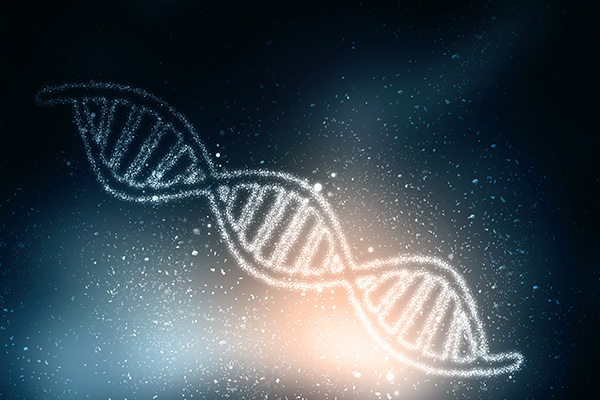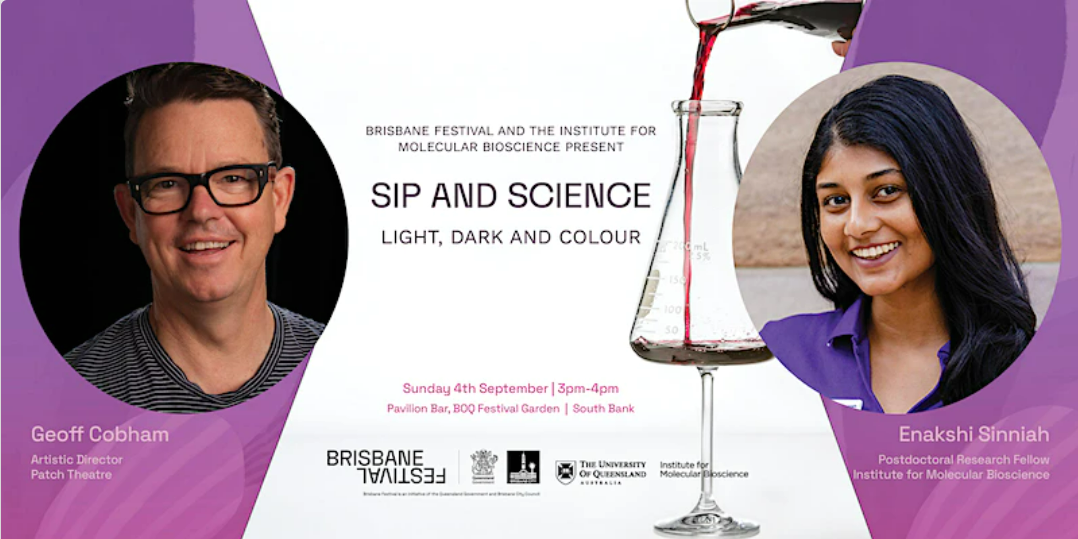Enakshi Sinniah has gone to the dark side.
Here she navigates genetic “dark matter”, exploring how its untapped powers can be used to regenerate cells, modify genes and treat – or even cure – disease.
While it sounds like a plotline in a superhero blockbuster, the Postdoctoral Research Fellow at the Institute for Molecular Bioscience is turning science fiction into fact.
“To put it simply, in every single one of our cells we have 3.2 billion base pairs of DNA, called our genome,” Ms Sinniah says.
“What people don’t realise is that within all those 3.2 billion base pairs, genes only make up about two per cent.
“The other 98 per cent of the genome is what we call dark matter – scientists actually used to call it ‘junk DNA’ because they didn’t think it was worth anything.”

Mapping the dark matter

Over time, researchers began to map the dark matter and discovered it contained a hidden stash of elements that play vital roles throughout the human body.
Granted unprecedented access to this dark side of the genome, Ms Sinniah is researching how that 98 per cent can be used to study cell function, development and disease.
Using a computational algorithm she and fellow researchers developed called TRIAGE, she can sift through the dark matter and “filter out the noise” to single out the important parts of DNA: the parts that cause disease and the parts that have the potential to cure it.
While her dalliances with dark matter have applications across the human body, Ms Sinniah’s particular research focus is the heart.
In this area, she employs an additional tool to explore the unknown: stem cells.
Using stem cells to grow beating heart tissue
“All cells in our body originate from stem cells. In our lab, we use stem cells to grow beating heart tissue in a dish to model human heart development in a tangible and controllable way so we can safely test and experiment on heart cells,” she explains.
“For so long, scientists have only focused on that two per cent of the genome. My research looks at how the other 98 per cent affects a cell’s identity and how we can use that to better model human heart development and explore what influences and causes disease.
“Using stem cells as a model for that allows me to test my research questions, not just use hypotheticals.”





